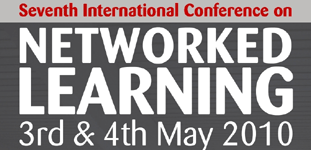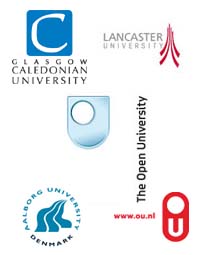

Examining the affordance of a software tool to support students in team project work
Janice Whatley
Ubiversity of Salford, Manchester, United Kingdom
Abstract
This paper presents the findings from a case study to investigate how undergraduate students used the output from a teamwork support tool. In designing this sort of software tool usability is considered, but analysis of the findings from this research suggests that the affordance of any support tools should also be considered, because without adequate signposting, the perceived affordance may not be the same as the intended affordance, as anticipated by the designer. This leaves the students unclear what the action possibilities of the software are, and how best to use the functions provided.
Case study was chosen as an interpretive research method, because it would provide rich data to demonstrate the variety of possible uses for the support tool. The tool under consideration in this study was designed to help the student team to allocate tasks to team members, according to ability and preference. The research was carried out with undergraduate students undertaking team projects in the information systems discipline. A grid based on the work of Sadler and Given (2007) was used to analyse the students' feedback on the system, according to whether the action possibilities intended by the designer were perceived or not.
This research showed that the students used the output from the tool in a variety of different ways, depending upon their perceptions of the affordance of the system. The perceived affordance of the system depended upon the efficacy of the signposting of the affordance, and the individual students' previous experience of team working. In this case the sharing of knowledge was hampered by a lack of signposts to the action possibilities of the tool. Student team project working is an unstructured network of individual learners, so each student may exercise their discretion in using support tools, sometimes even disregarding a tool. Although the findings from this case study are from co-located students, these students use online tools to maintain communication with each other when not on campus in the same way that online student teams do. So the results suggest that this tool, and others similar to it, may be equally suitable for supporting online student team working, provided the affordance of the tool is signposted with suggestions for action possibilities.
| About NLC | Welcome Messages| Acknowledgwments | Conference Proceedings| Keynote Speakers| Index of Presenting Authors| Contact |